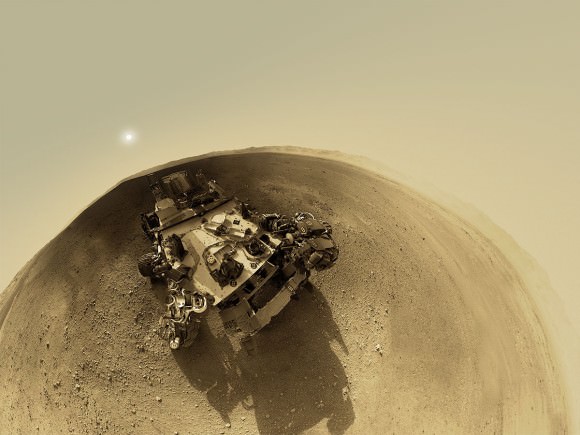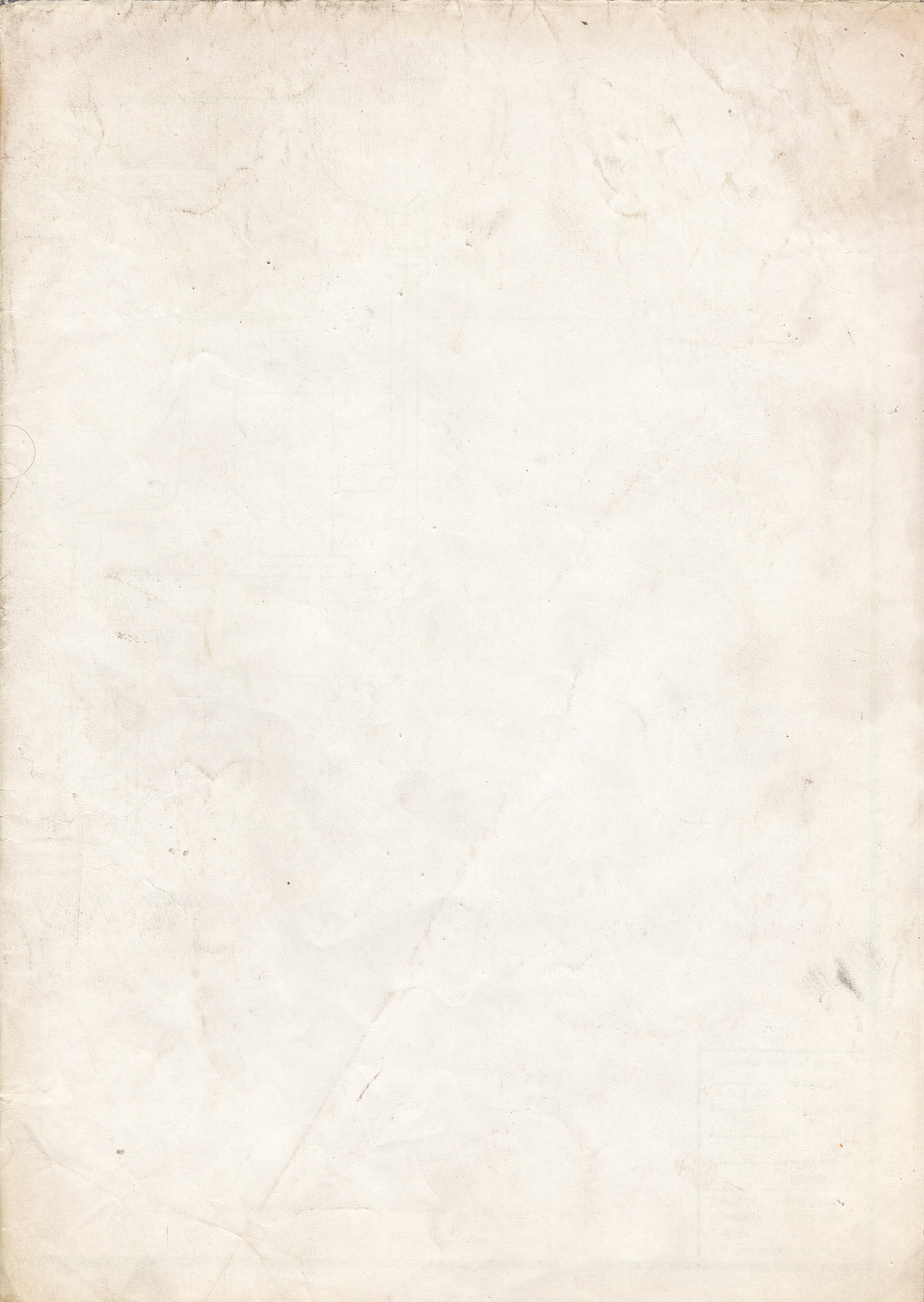
Curiosity wonders why it had to land in the Martian Outback.
Seriously, its a remarkable achievement. I was so relieved when it make it down safe (that business with the skycrane worked! Yay engineers!). I can’t wait to see more and learn of the discoveries as they happen.
I haven’t mentioned it until now as it’s well reported elsewhere (and non-Steampunk) but I wanted to share this: a 360-degree panorama put together from NASA images by photographer Andrew Bodrov which can be explored like a Google street view. http://www.360pano.eu/mars/?lang=1 Its the closest thing to being there.
There are not yet enough pictures to make a complete color panorama so a color filter was used and the sky and sun are photoshopped to fill in the gaps but the rest is made up of real images. (here is the link to the article)
These early images really do resemble the desert southwest areas of North America which I’m familiar with – aside from the absence of vegetation. While looking at them I can almost hear the gravel crunching underfoot. I don’t only intellectually know that this is a real place on another planet, I can feel it.
Back in our world I remember seeing pictures of a New Babbage Mars base. And yes, here it is: Port St. Christopher.


[img_assist|nid=5835|title=|desc=|link=popup|align=left|width=640|height=640]
This is so excellent.
Ok, so this is the plan…
We build a huge nuclear powered robot geologist and land it on Mars on a rope lowered from a rocket propelled sky crane! What could possibly go wrong!
Sounds like a New-Babbage plan to me. *nods*
I had to add something new I learned about the rover’s wheels. They leave a message in the sand as they roll along……
“The wheels of Opportunity, Curiosity’s predecessor, had basic, square holes, which
allowed the rover to be bolted to its lander during cruise and
touchdown. Since Curiosity didn’t have a lander, though — the thing,
famously, pretty much landed itself — JPL engineers suddenly had the
freedom to create cleats in Curiosity’s wheels that were aesthetic
rather than pragmatic in function. And the Morse-to-Mars tribute to
their work is what they chose.”
The holes are in three rows, some square, some rectangular, and form the pattern:
. – – –
. – – .
. – . .
In Morse code: J-P-L
(original news article)